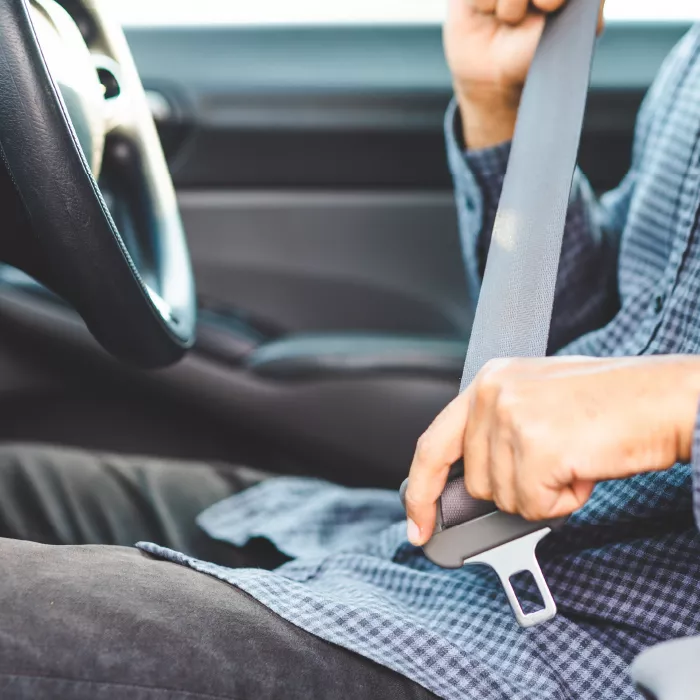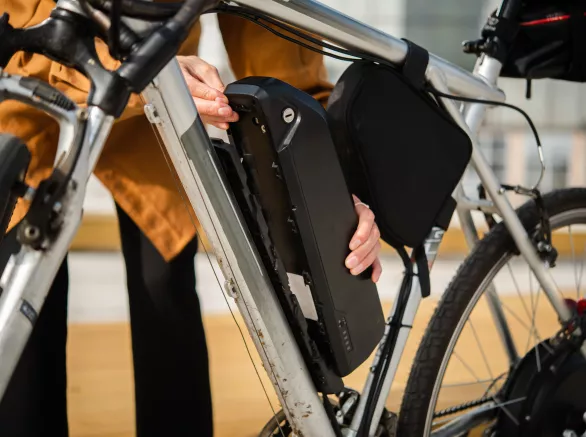December 3, 2021
Automated vehicles promise to promote greater interaction between occupants by enabling a wide range of seating positions and new compartment designs. With the progressive elimination of driving tasks, drivers and passengers can potentially switch into alternative seating orientations to interact and take advantage of fully reclining or rotatable seats. However, much of this new-found freedom might require the reconfiguration or even elimination of conventional vehicle components such as steering wheels, dashboards, and other interior components that are critical to the integration of today's occupant safety systems, such as airbags and seat belts.
What will happen to the one of most important safety innovations in automotive history — the seat belt — if automated vehicles render traditionally designed occupant restraints obsolete? Given that seat belt usage remains the single most effective way to minimize the risk of injury or death in severe crash events, are we trading safety for comfort and convenience?
To address these questions, Exponent authors Gunjan Agarwal, Ph.D., manager, Narayanan Kidambi, Ph.D., senior associate, and Robert C. Lange, senior fellow and principal, examine past trends in seat belt evolution to discern emerging and future ones in "Seat Belts: A Review of Technological Milestones, Regulatory Advancements, and Anticipated Future Trajectories" (SAE Technical Paper 2021-01-5097, 2021). The authors survey the literature and provide a detailed overview of major technical, legal, and behavioral milestones in the development of seat belts, ranging from the introduction of the earliest commercial lap belts in the 1950s to today's systems that seamlessly synthesize information from a variety of sensors for an improved safety response in the event of an imminent crash event. Emerging safety trends include a focus on the pre-crash phase, where improvements in sensing technologies (e.g., imaging, LIDAR, and RADAR) and the adoption of driver assistance technologies may accompany a shift in the focus of restraint design and optimization to improve pre-crash prediction and impact-mitigation performance.

"Keep Your Seat Belts Fastened: Emerging Trends in Vehicle Occupant Restraints"
Read the full articleLooking toward the future, the authors discuss anticipated technology trends and describe how seat belts might potentially continue to evolve and improve, as increasing automation levels lead to changes in occupant compartment design and interaction. Seat belt performance metrics, including occupant injury assessment and criteria are also anticipated to continue advancing along with restraint technology development, occupant model refinement, test protocol assessment, and hardware for new occupant loading mechanisms.
"Although the focus on vehicle occupant safety is continually shifting from crash-related injury mitigation to crash prevention using pre-crash data acquisition," the authors conclude, "restraints are anticipated to continue playing a crucial role in injury prevention. It will be important to develop restraints that keep the occupants safe in these alternate conditions while accommodating a larger variety of activities that are not related to driving or actively controlling vehicle navigation."
To learn more about the future of seat belt safety, click here. Full content requires login.
Insights

